Welcome to APA Learn!
Explore the catalog by scrolling through the courses on each page or by filtering by topic, price, credit type, or credit amount. Your purchased courses will appear in your APA Learn dashboard.

Georgia Tech's urban design studio partners with 2 Presbyterian churches, a Baptist Church, and a Synagogue to conduct deep-dive explorations into opportunities, challenges, and realities that communities of faith face when they get involved in the City'

Equity! Inclusion! Antiracism! These are the ingredients of progressive place-based efforts. Learn how three distinct organizations in DC, Maryland, and Virginia are developing their equity practice for place-based initiatives in one of the most diverse
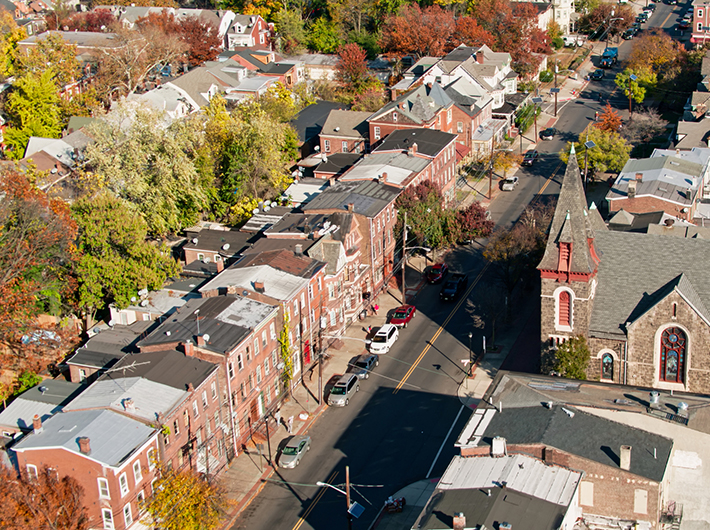
During this unprecedented pandemic, forgotten urban neighborhoods suffered disproportionately – a stark reminder that cities aren’t fair. Can we continue planning for communities-of-color using pre-pandemic models? Trenton and Philadelphia in partner

Good transit access is a critical element of diverse, healthy centers. Have you ever tried to build a transit center? Too often zoning doesn't permit them. Learn how to facilitate transit center development to support mobility and enhance urban environme

Ethics Begins With Equity. Learn how equity and ethics are intertwined, particularly in the Code of Ethics Aspirational Principles, and how planners can practice equity and follow the Ethics Code in their everyday work.
CM I 1.00 (1.00 Ethics)
Nonmember Price: $40.00
Member Price: $20.00
For a complete list of Speakers, click here.

Learn about current topics in planning ethics from members of the AICP Ethics Committee and the Ethics Officer. Understand how the new Code of Ethics was implemented in its first year. The updated Code of Ethics reemphasizes the commitment to equity and
CM I 1.00 (1.00 Ethics)
Nonmember Price: $40.00
Member Price: $20.00
For a complete list of Speakers, click here.

The panel will answer your questions to help you understand and identify critical skills necessary for success in a new role with elevated responsibility. This discussion is designed to explore challenges, encourage personal growth, and instill confidence in planners looking to bridge the gap between getting the job and being comfortable in your new role.
This product is not approved for CM Credit.
Nonmember Price: $0.00
Member Price: $0.00
For a complete list of Speakers, click here.
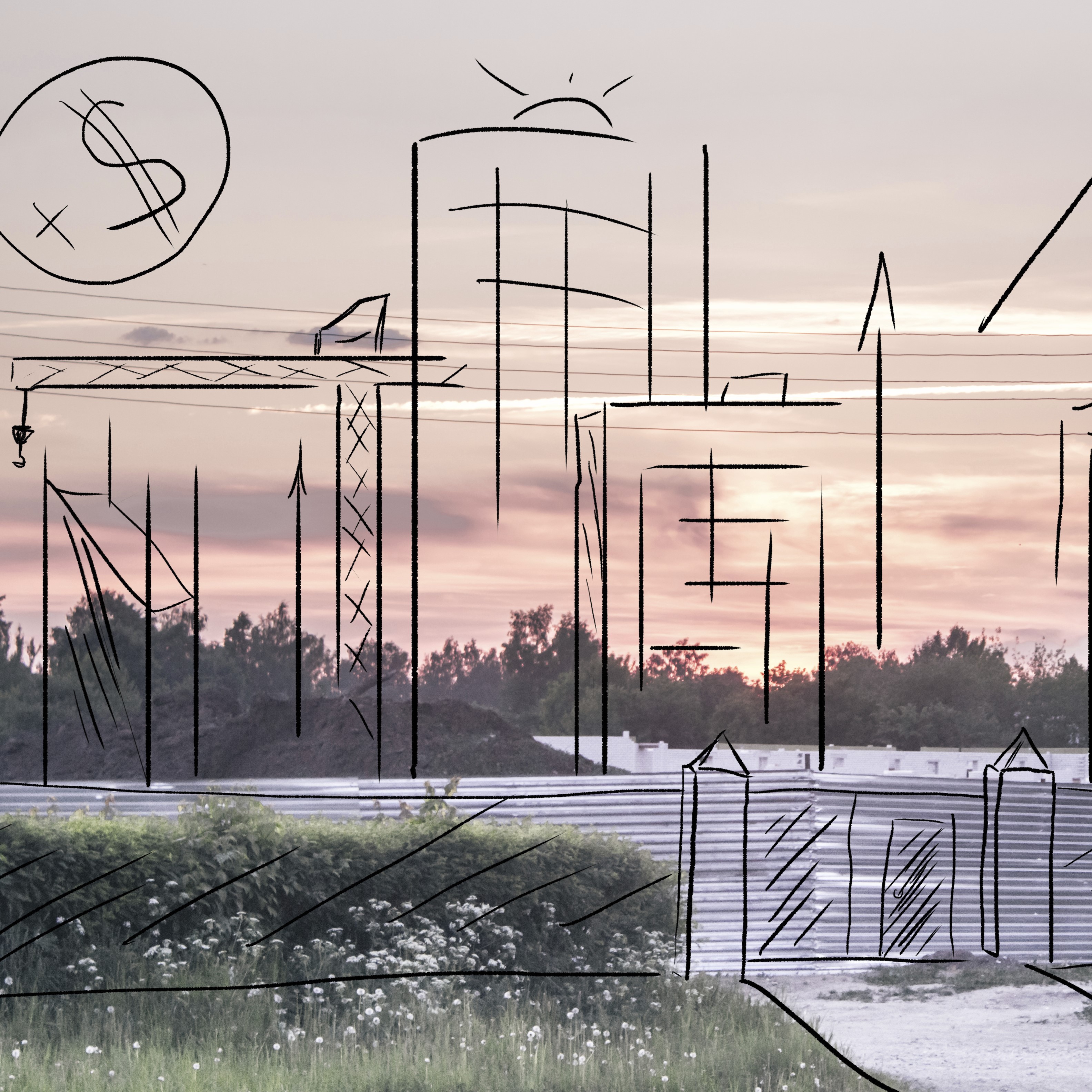
The physical environment of our communities contribute to and benefits from economic and fiscal health. Fiscal health will only become more important in the coming decades, as cities absorb the world's population growth, and challenges such as climate change demand massive, preemptive investments. This session covers ways in which planners can make a difference by seeking opportunities.

Presented in partnership with The Lincoln Institute of Land Policy, this course will introduce you to general aspects of how municipalities raise money, spend money, and develop budgets to meet the infrastructure and operations needs of the community.

How can cities foster more fiscal predictability into their community’s land use planning and development standards to take the financial debt pressure off the citizens of their community?

Good transit access is a critical element of diverse, healthy centers. Have you ever tried to build a transit center? Too often zoning doesn't permit them. Learn how to facilitate transit center development to support mobility and enhance urban environme

Moving forward upskilling, reskilling, and digitalization, practicing planners will learn how to create a norm of using a neurodiversity inclusive framework at early planning stages.
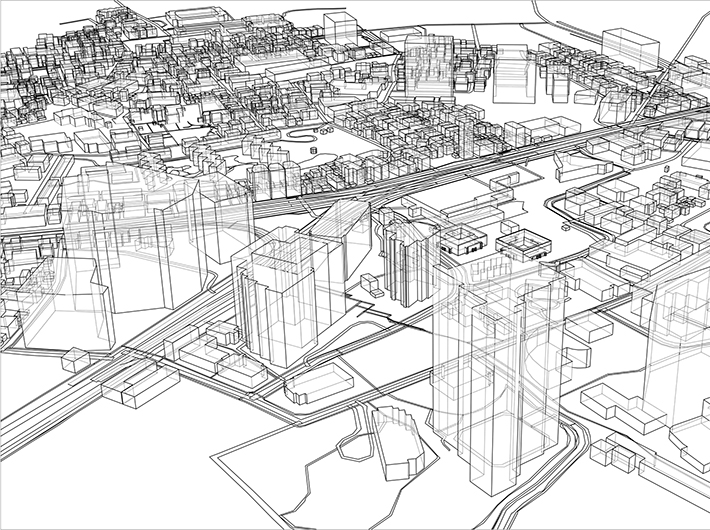
Learn how to use of the latest cutting-edge web-based GIS tools and how a GeoDesign driven approach is changing the Community Planning Process.

Health equity isn't just for large, progressive, urban areas. Rural communities, car-centric suburbs, and mid-sized legacy cities have tremendous opportunities for and interest in improving health equity...if it is made accessible and directly connected
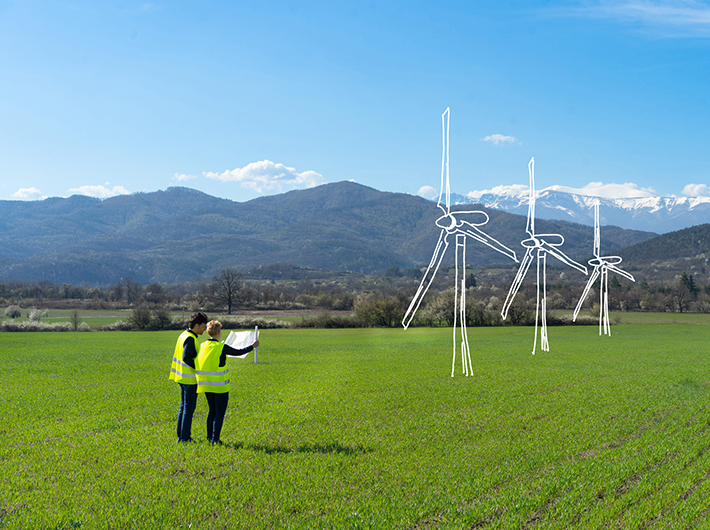
Learn how the planning department at the Borough of State College, PA has deployed a digital twin to analyze the impacts of new developments, specifically denser residential development to meet their modern housing needs.
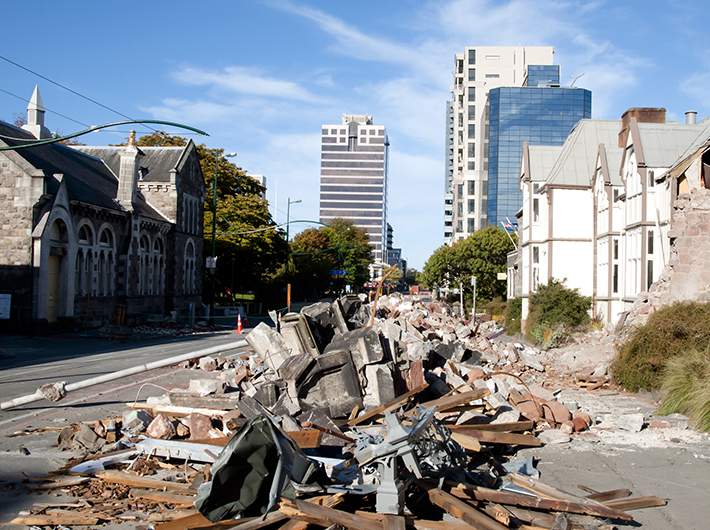
This session will outline lessons for land use recovery from severe weather, earthquakes, and climate change from New Zealand, Australia, and the United States, and encourage planners to explore their role in the recovery process and to take action before a disaster strikes their community.
CM I 1.25 (1.00 Sustainability & Resilience)
Nonmember Price: $50.00
Member Price: $25.00
For a complete list of Speakers, click here.

To avoid project shut-down, these planners learned to “surf” the waves of COVID-19 conditions, and pivot between in-person and online engagement. This case study highlights lessons learned and the “new normal” of crisis-ready outreach strategies.

Good transit access is a critical element of diverse, healthy centers. Have you ever tried to build a transit center? Too often zoning doesn't permit them. Learn how to facilitate transit center development to support mobility and enhance urban environme
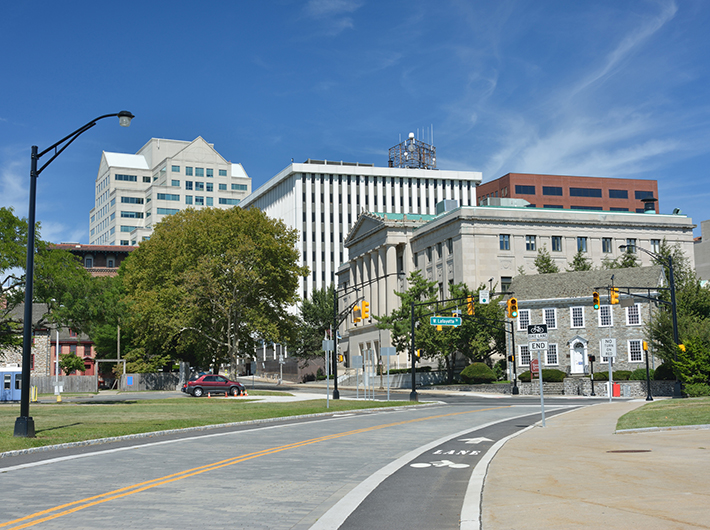
This Case Study showcases how to transform local decision making by incorporating equity, health, and accountability into transportation policies. Illustrating how small-scope studies and demonstration projects can advance implementation of complete stre

Learn how the Southeastern Pennsylvania Transit Authority (SEPTA) is doing its part to advance the spirit of the Justice40 Initiative using data, planning, and tools to engage in practices that promote environmental justice and equity.
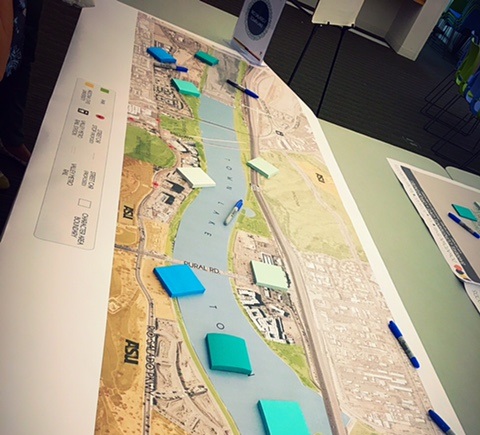
Presented in partnership with The Lincoln Institute of Land Policy. This three-part course will introduce you to Scenario Planning methods and tools. Learn how to implement a fully-featured planning process with dynamically responsive plans to react to unexpected changes.

Planning can be tough! I’m not sure any of us realized we would be facing so many emotionally intense situations. Join fellow planners as we laugh and cry while learning how to manage and recover from those moments.

In the wake of the COVID-19 pandemic, the emerging work culture is focusing on infusing leadership with empathy. Empathy admits genuine emotion at work and humanizes the workforce. The panelists will discuss their unique leadership styles and how empathe

Through our partnership with the Department of Health and Human Services, this course is currently free to everyone. This course brings to life the existing written Plan Integration for Resilience Scorecard (PIRS) guidebook through interactive eLearning modules.
CM I 3.0 (1.0 Sustainability & Resilience)
Nonmember Price: $0.00
Member Price: $0.00
For a complete list of Speakers, click here.

Tulsa adopted its Neighborhood Infill Overlay in December 2021, after years of planning and community engagement in downtown-adjacent neighborhoods. The overlay removes barriers for new missing middle housing and brings historic missing middle building types into compliance with zoning.

This webinar will explore key skills needed to manage conflicts in planning work. It will focus on managing relationships and finding the best ways to design meetings for better planning outcomes.

Planners understand the importance of equity, diversity, and inclusion in planning. Knowing how to move beyond understanding towards action is needed. This presentation will help you develop tools to move into action.
CM I 1.00 (1.00 Equity)
Nonmember Price: $40.00
Member Price: $20.00
For a complete list of Speakers, click here.
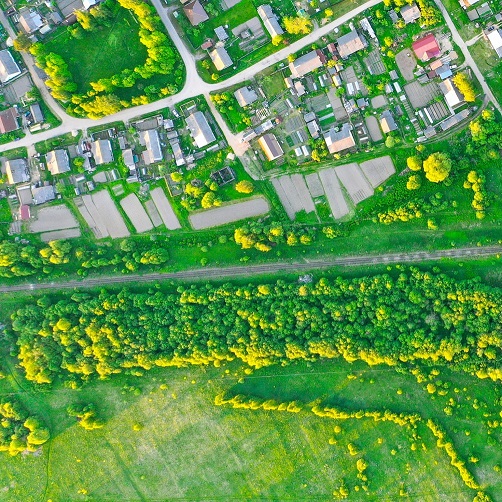
This course focuses on the connection between nature-based solutions and planning processes while providing resources, case examples, and recommendations for action.
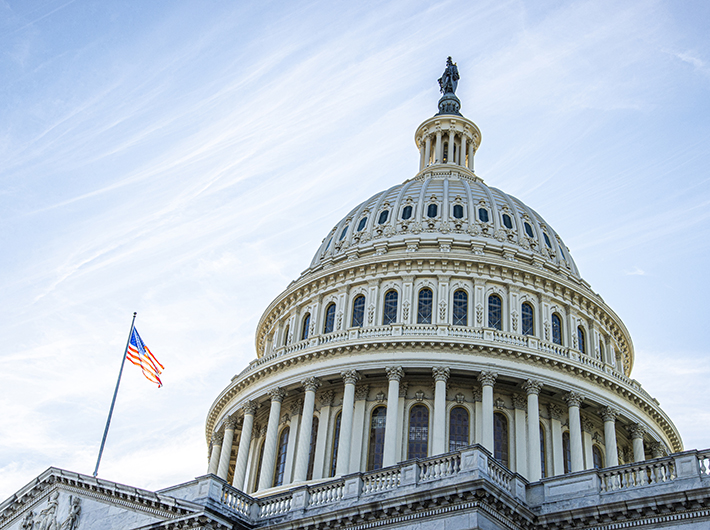
From new zoning reform grants to the roll out of Bipartisan Infrastructure Law programs, federal resources for planning are growing both in size but also complexity. Find out what the opportunities are and what’s been learned from initial implementatio
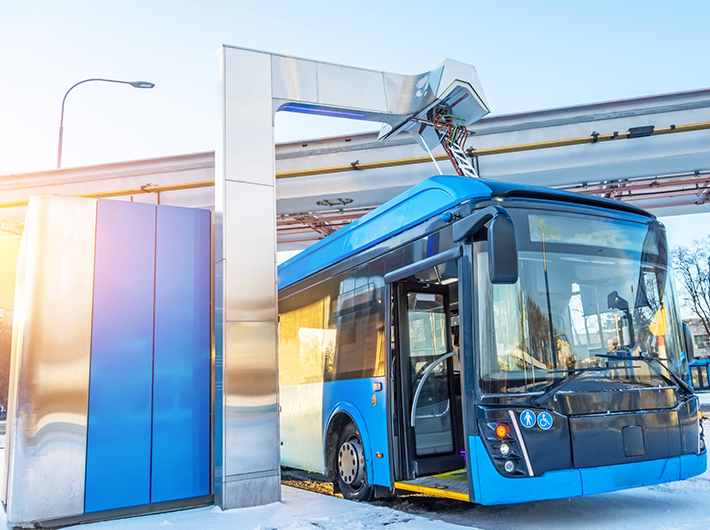
Transit agencies outside metro areas often don't have reducing emissions at the top of their to-do list. Learn how transit providers are tackling the issue head on and striving to make a difference.
